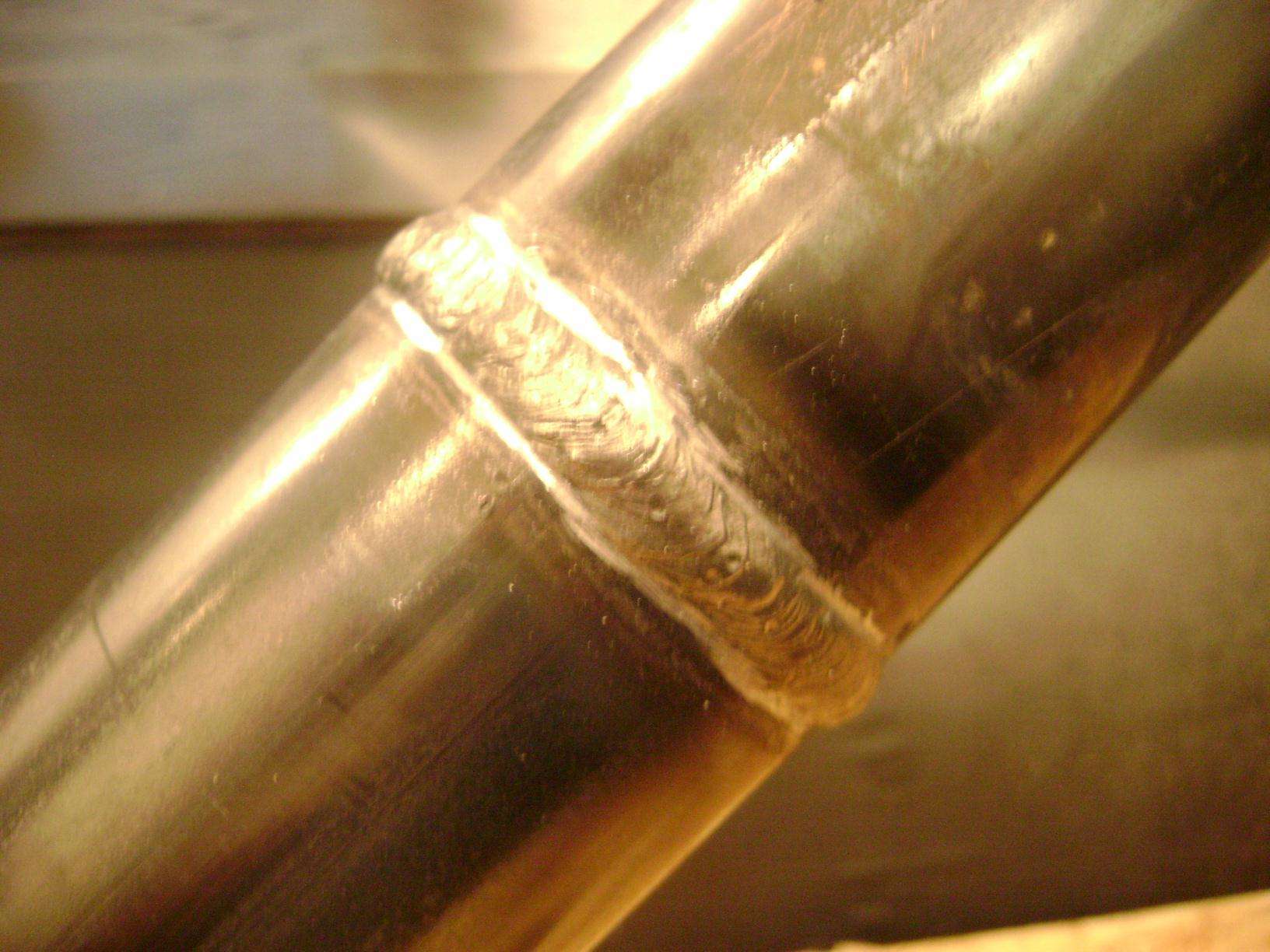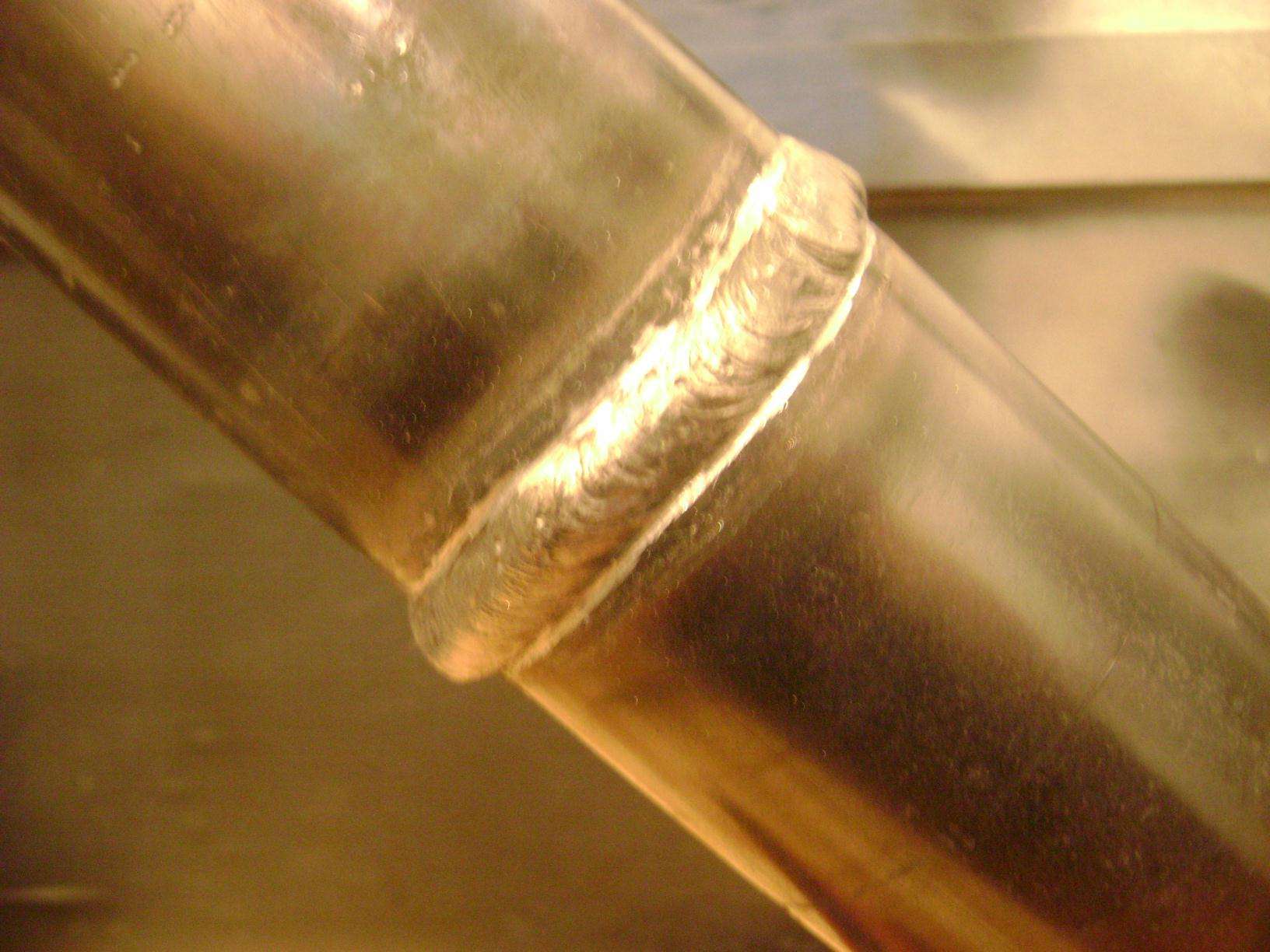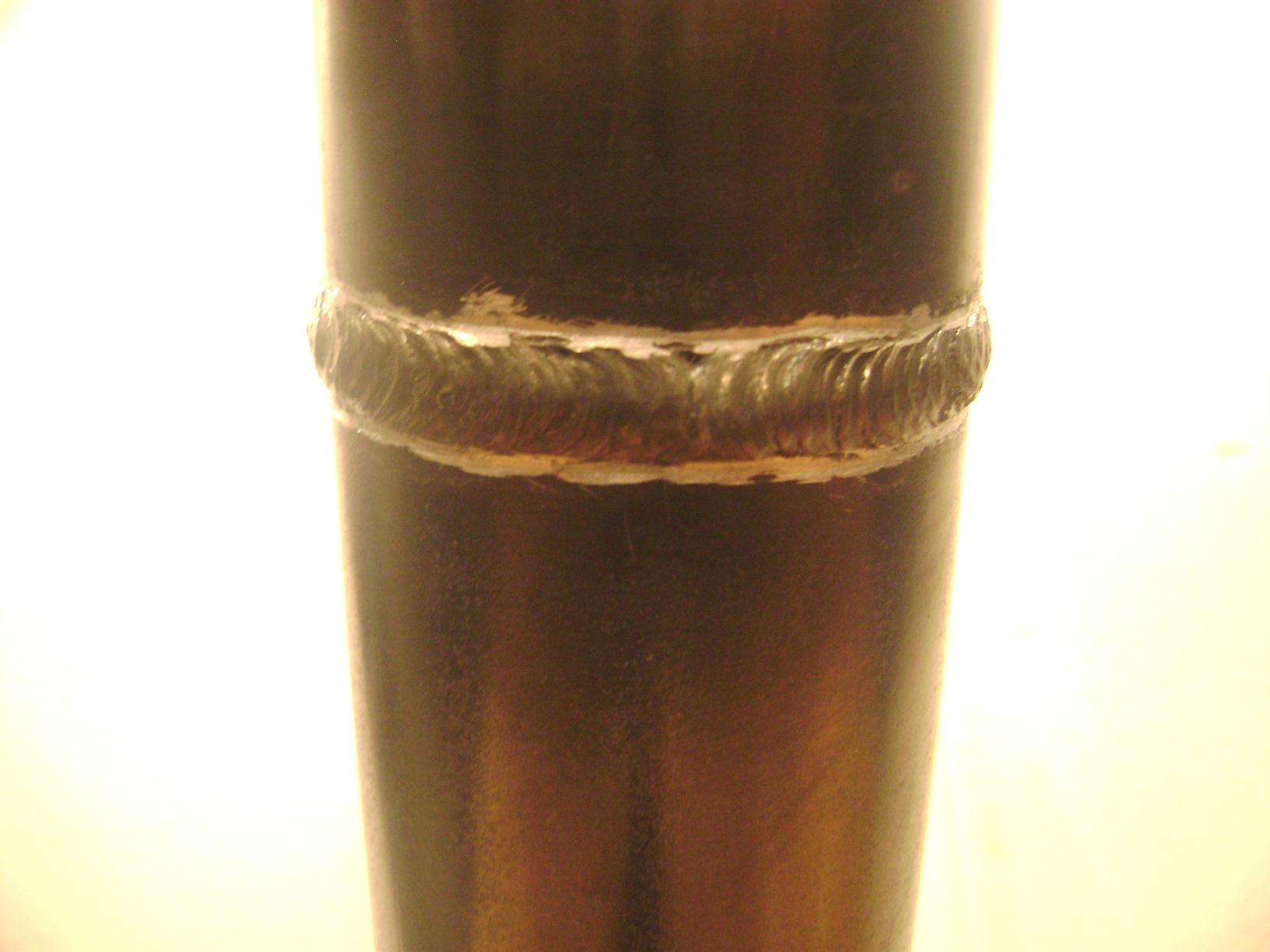Can you guys please help me understand? I ran some fillet welds on AC this morning with Lincoln's Excalibur 1/8-inch 7018. Ran the first fillet at 145-amps, with the rod right out of the oven. Every pass started without any problems, one maybe two taps on the rod and off we went. Never once did I get the impression the rod wanted to die, I even jammed the rod right into the puddle. I ran every one of these passes just like I would on DC. Honestly the only difference I seen was the noise! But I did notice the puddle doesn't wet out as much as on DC.
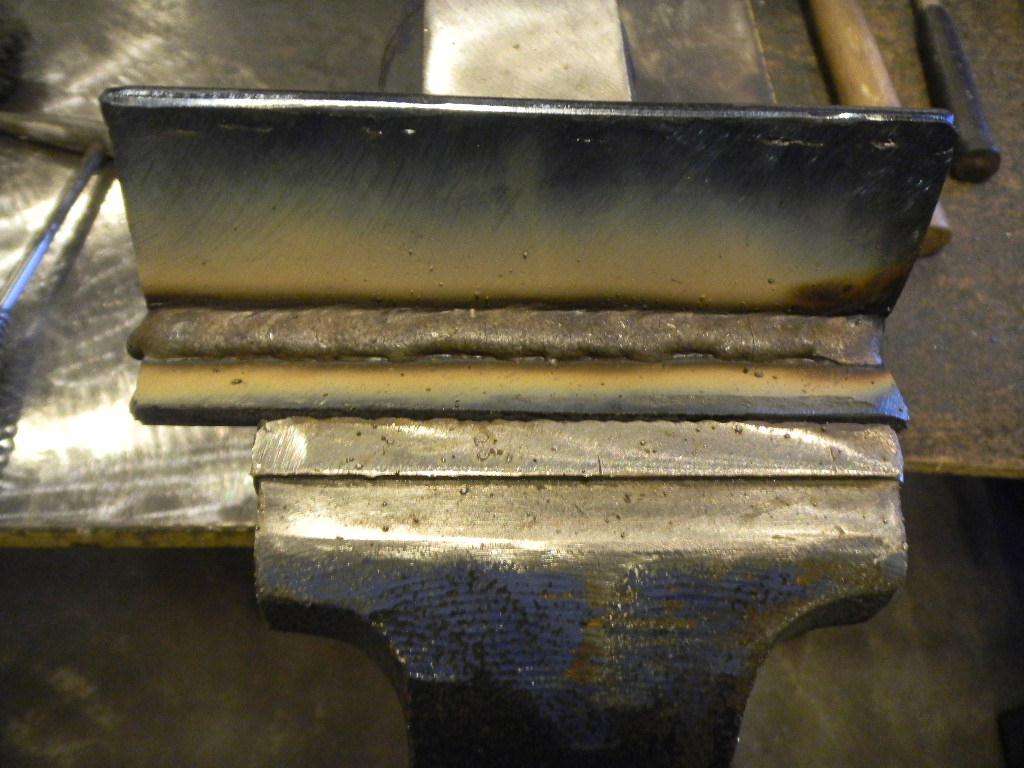

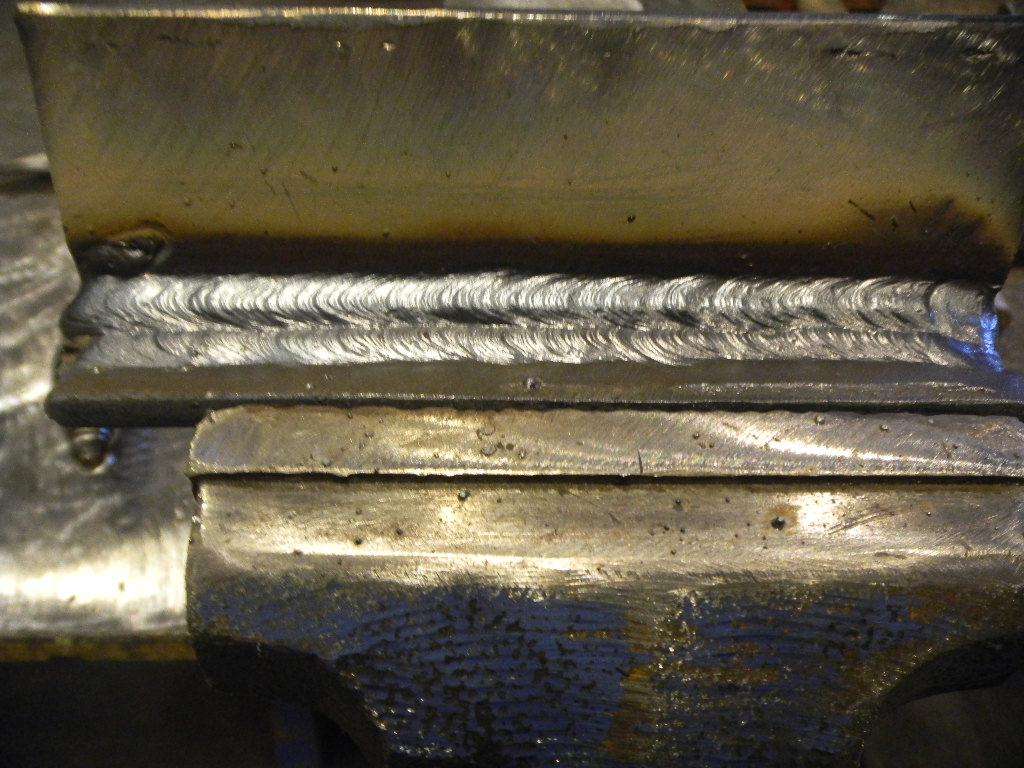
This pass was run with a cold rod, never seen the inside of a rod oven. I ran it at 150-amps. Notice it didn't wet out as much as a rod out of the oven?
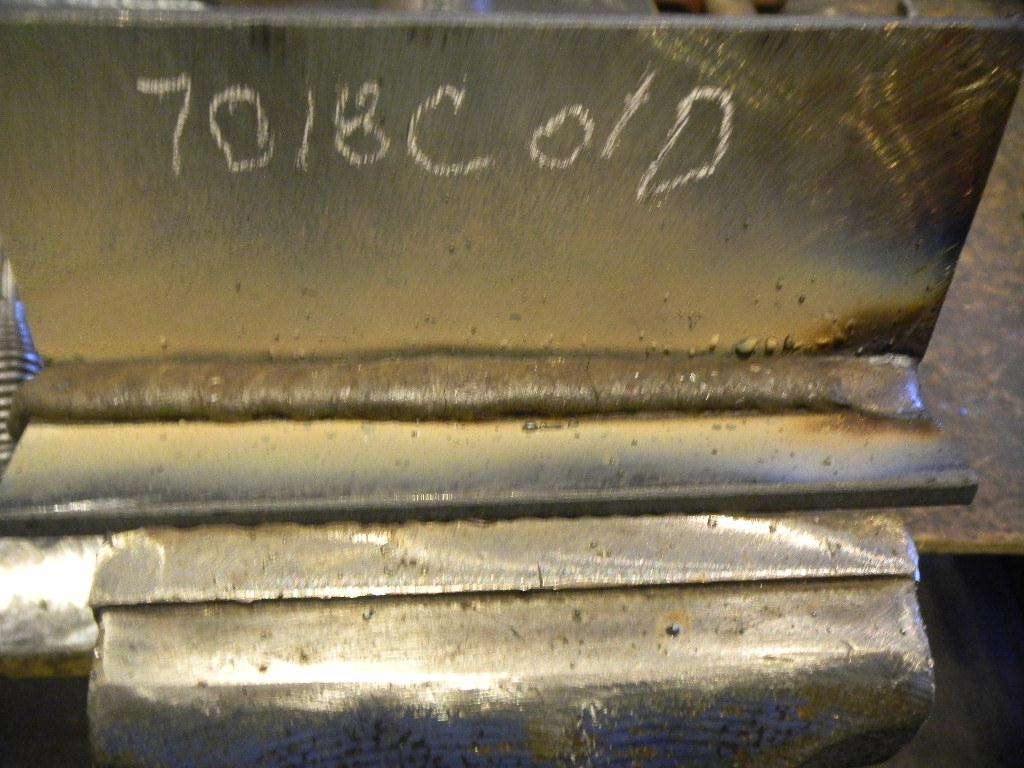




This pass was run with a cold rod, never seen the inside of a rod oven. I ran it at 150-amps. Notice it didn't wet out as much as a rod out of the oven?




